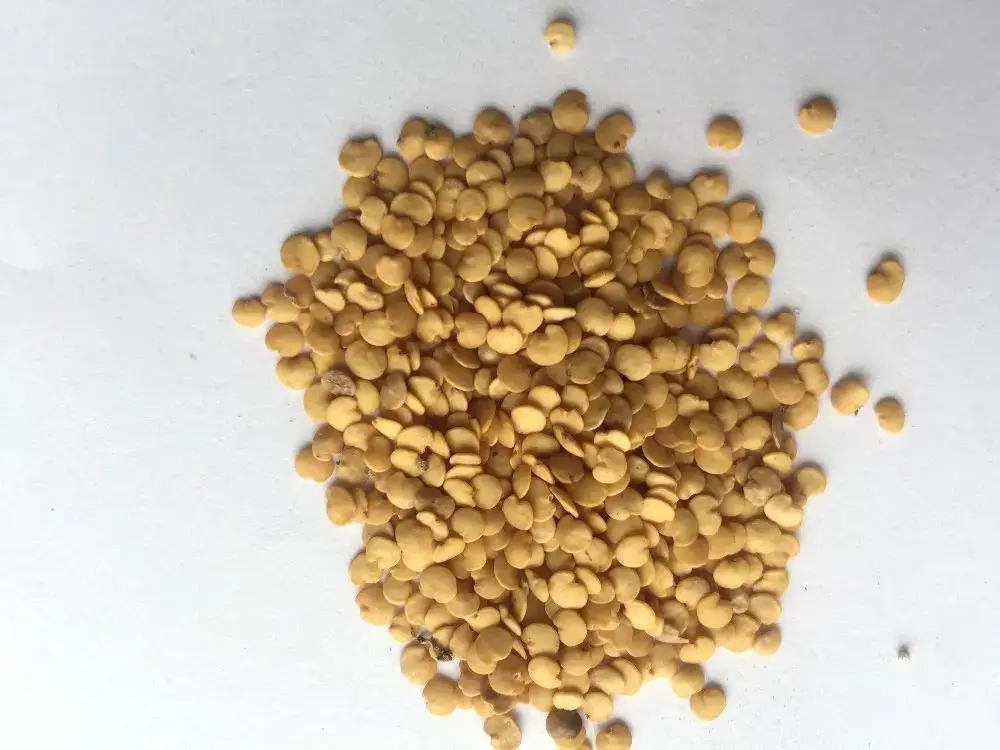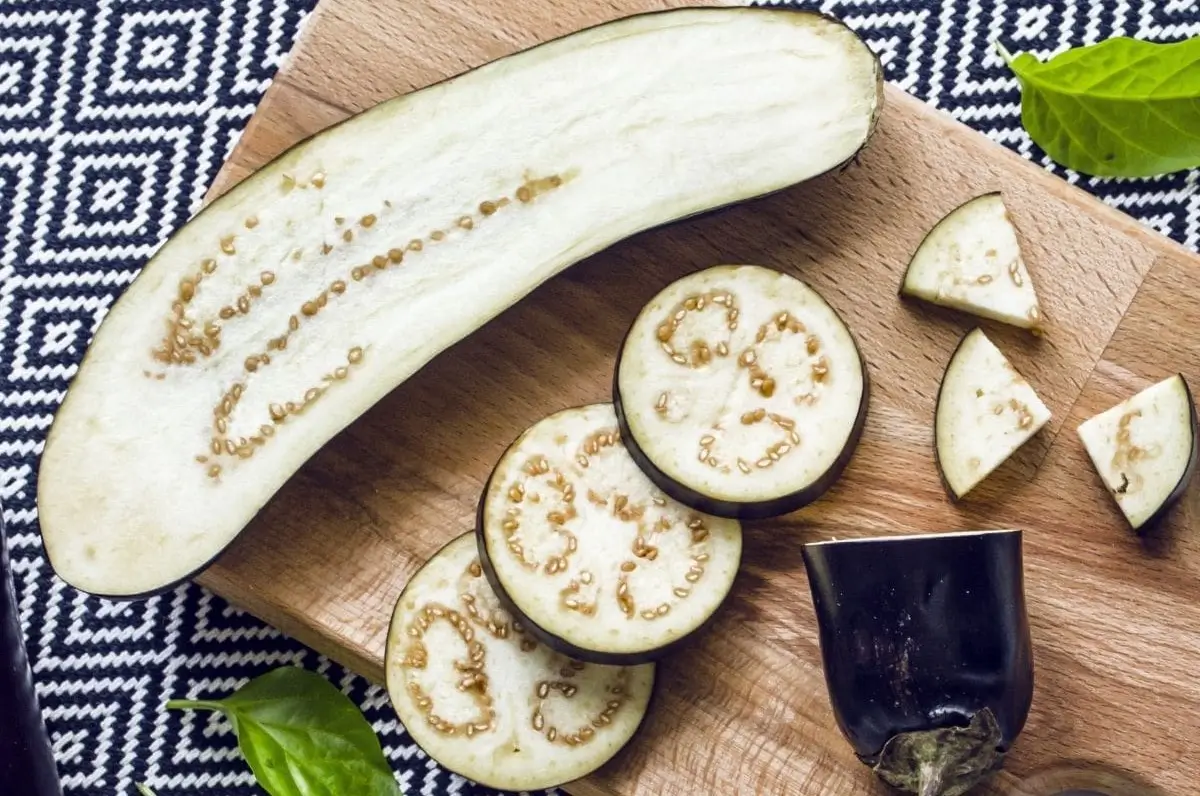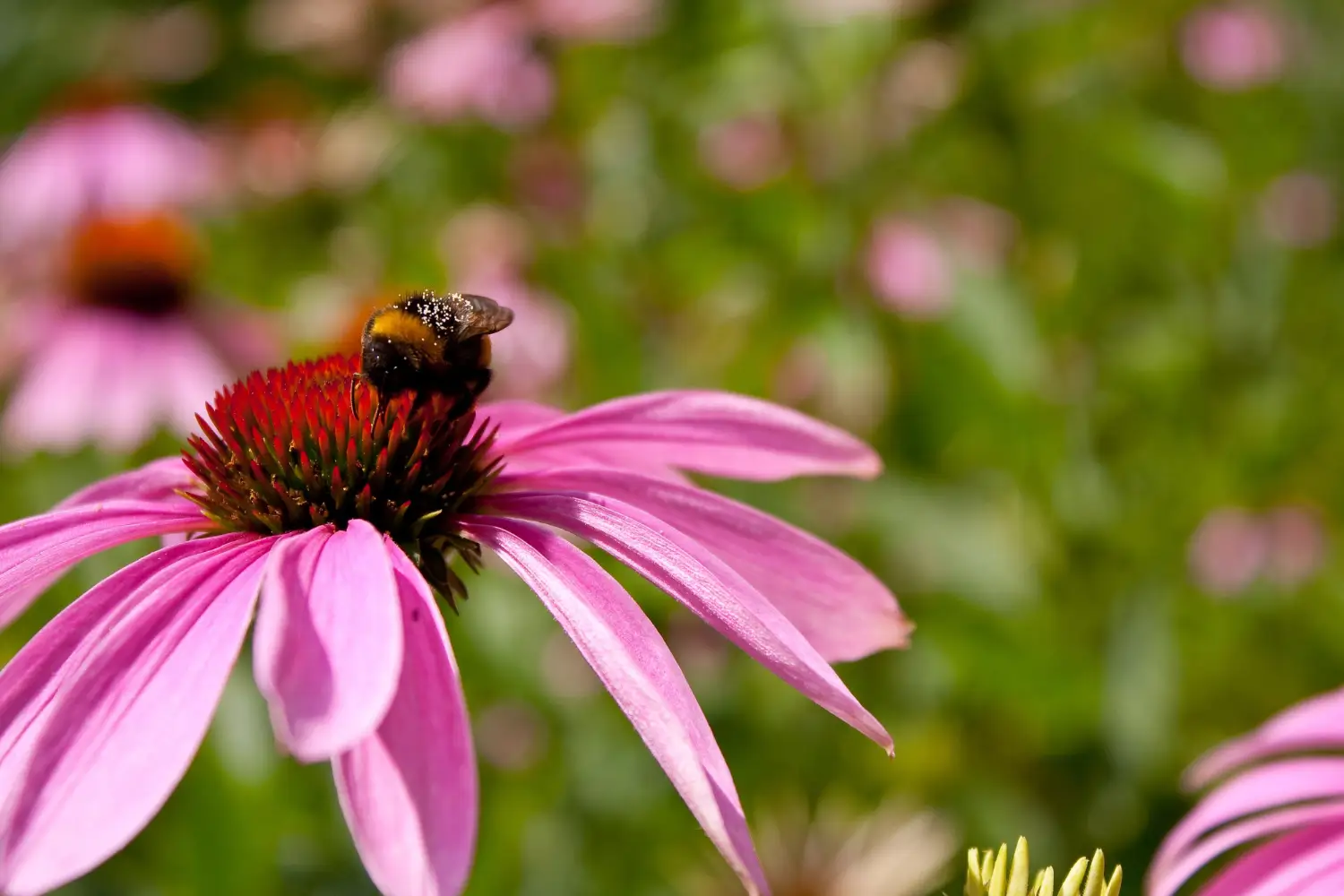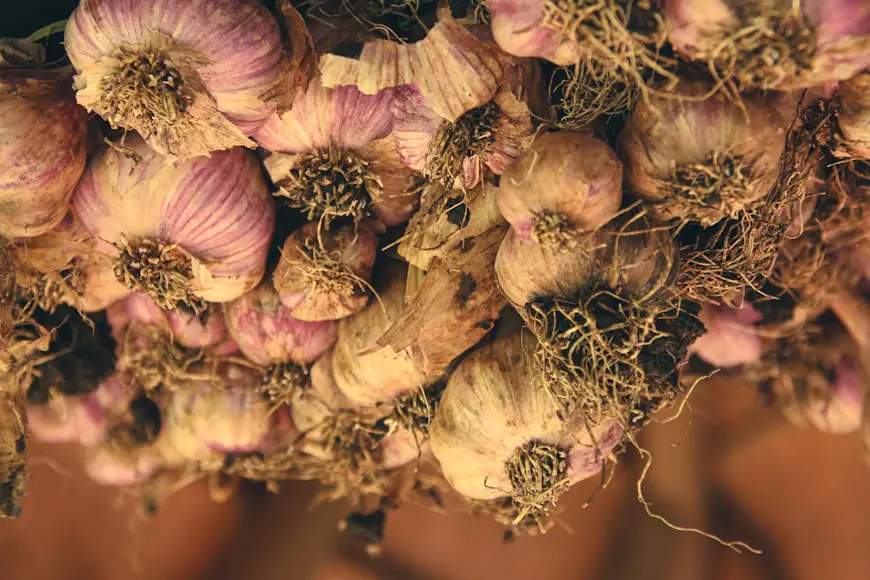
Soil Health & Fertilization
We unite suppliers and green industry professionals worldwide
Dinosaur Kale, or Lacinato Kale, is a heritage leafy green that combines nutrition, resilience, and visual appeal.
By Victor Miller
|Published on September 23, 2025


Kale Dinosaur (Brassica oleracea var. palmifolia), also known as Lacinato kale, Tuscan kale, or Cavolo Nero, is a remarkable leafy green with a historical past that is just as lush as its health benefits. While curly kale is fluffy and frilly, Dinosaur has long, dark, blue-green leaves with a slightly bumpy texture that looks almost reptilian (hence the popular name).
This is an Italian variety that has graced Mediterranean cuisine for centuries, mostly in country soups and sautés, and hearty winter dishes. Kale Dinosaur, other than its culinary flexibility, also appeals to gardeners for its ruggedness, yield potential and cold tolerance.
| Scientific Name | Brassica oleracea var. palmifolia |
| Common Names | Dinosaur Kale, Lacinato Kale, Tuscan Kale, Black Kale, Cavolo Nero |
| Family | Brassicaceae (Mustard Family) |
| Genus | Brassica |
| Species | Brassica oleracea |
| Cultivars | Popular selections include Nero di Toscana, Black Magic and Dazzling Blue. |

September 25, 2025
9 minute read
September 24, 2025
9 minute read
September 23, 2025
10 minute read
September 22, 2025
9 minute read


Join as a seller and connect with thousands of B2B buyers nationwide!
Sign Up

Eggplant
Aubergine (Solanum melongena) is a favorite vegetable that also has deep purple skin and creamy, smooth flesh.

Eggplant Italian
Italian eggplant is a healthy, nutritious, and low-maintenance vegetable that grows well in warm and sun-drenched regions

Echinacea
Echinacea is a vibrant and hardy flowering plant known for its bright, colorful blooms and distinctive charm.

Garlic
Garlic, one of the oldest cultivated plants, is extensively used as a flavor boost for cooking and for its medicinal properties. Garlic is a favorite addition to kitchens everywhere as it has a robust flavor and adds great health benefits as well.
The Lacinato kale differs from other kales in appearance as well as flavor.
Also known as Kale Dinosaur, this plant provides a lot in both edible and ornamental values to any garden and kitchen.
Culinary
Ornamental: Lacinato kale creates architectural interest in planting beds with its unusual leaf texture and upright growth habit.
Nutritional: Loaded with vitamins, minerals and antioxidants to support bone health immunity and digestion. It is also rich in fiber and good for gut health.
Kale Lacinato is a great crop for gardeners with the right growing conditions; and easy to grow as well.
Lacinato kale seeds are tiny and round, and they look identical to other Brassica seeds.
Like most Brassicas, Kale Lacinato has straightforward germination needs.
Good storage can maintain very high, long-term rates of germination.
Vigor Testing: Older seed can be given a damp-paper-towel germination test by gardeners before planting.
Lacinato Kale is usually grown by seed, but can be rooted from cuttings as well. Selecting high-quality vegetable seeds ensures vigorous seedlings and strong growth.
Lacinato Kale is hardy but still susceptible to common Brassica pests and diseases.
Using correct insect and disease control solutions helps protect your plants naturally.
Harvested Lacinato kale should be handled carefully to preserve freshness.
Dinosaur Kale, or Lacinato Kale, is a heritage leafy green that combines nutrition, resilience, and visual appeal. With its unique bumpy leaves and rich flavor, it’s a favorite in both traditional Italian cuisine and modern kitchens worldwide.
A very easy plant to grow, resistant to cold and productive all over a long season, it becomes an excellent cultivation for any vegetable garden. Besides the culinary usage, it supports pollinators and soil health, so Kale Dinosaur is one of the most noble leafy greens.
Yes. In many regions, Dinosaur kale survives winter and can produce leaves well into the following spring, especially with protection like row covers or mulch.
Harvest outer leaves regularly to encourage continuous growth. Leave the central bud intact for ongoing production.
Yes. Containers at least 12 inches deep work well, provided the soil is rich and consistently watered.

Soil Health & Fertilization
Victor Miller

Pest Identification & Prevention
Victor Miller

Lawn Care Tips & Maintenance
Victor Miller

Soil Health & Fertilization
Victor Miller

Smart Irrigation Systems
Victor Miller

Patios, Walkways & Driveways
Victor Miller

Soil Health & Fertilization
Victor Miller

Pest Identification & Prevention
Victor Miller
My Account
Our team is always here to help.
We are open Monday - Friday, 9:00 AM to 4:30 PM PST.